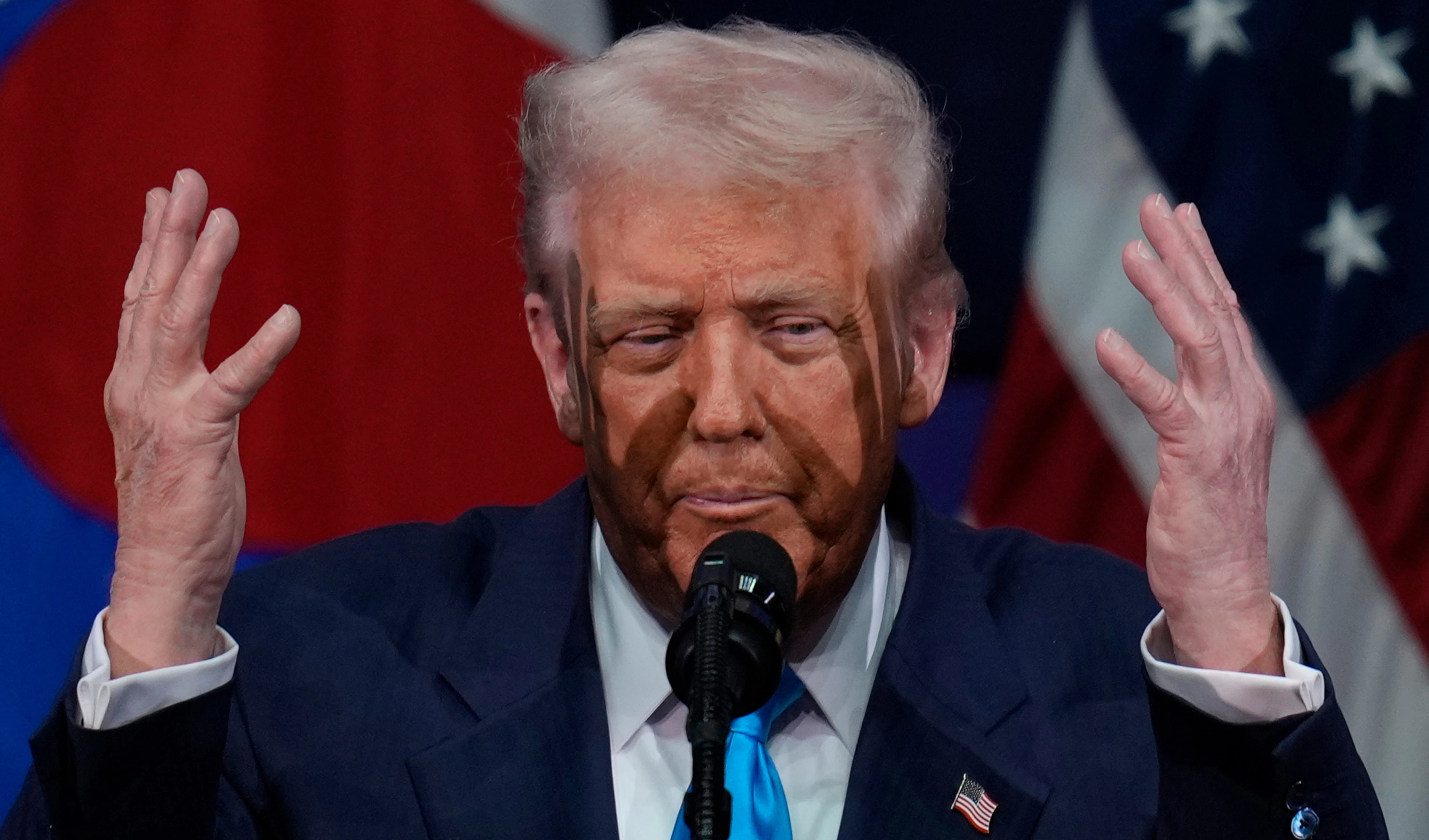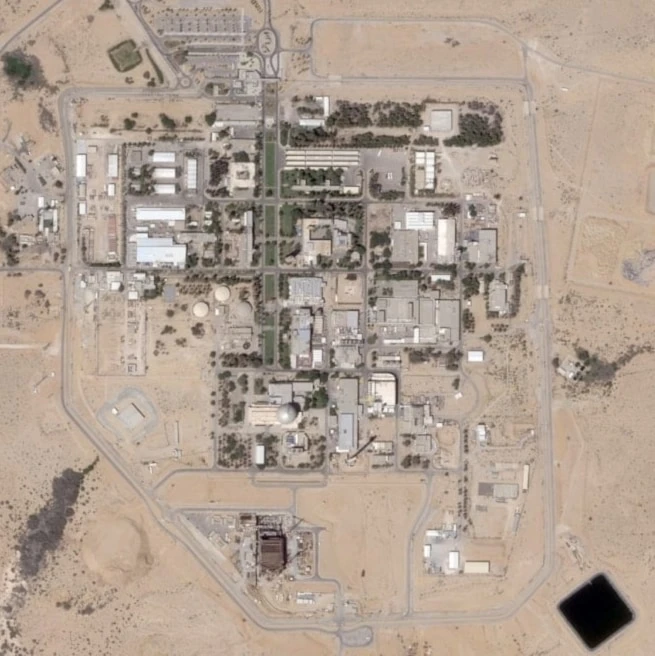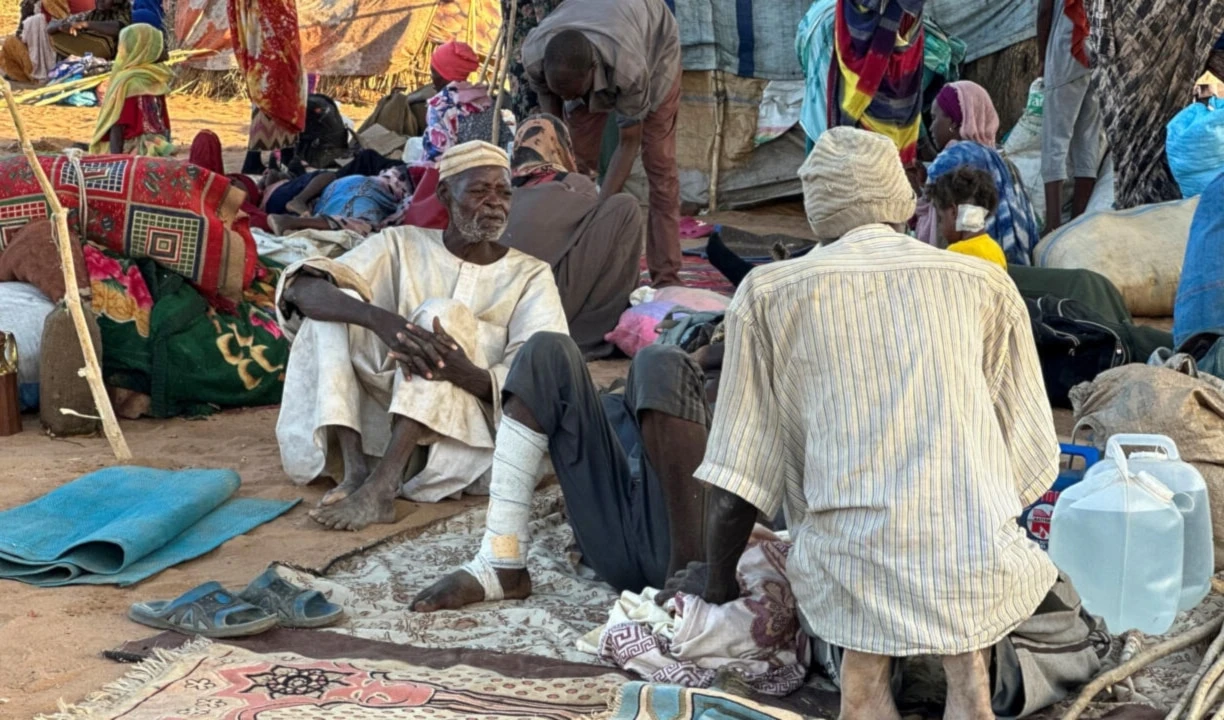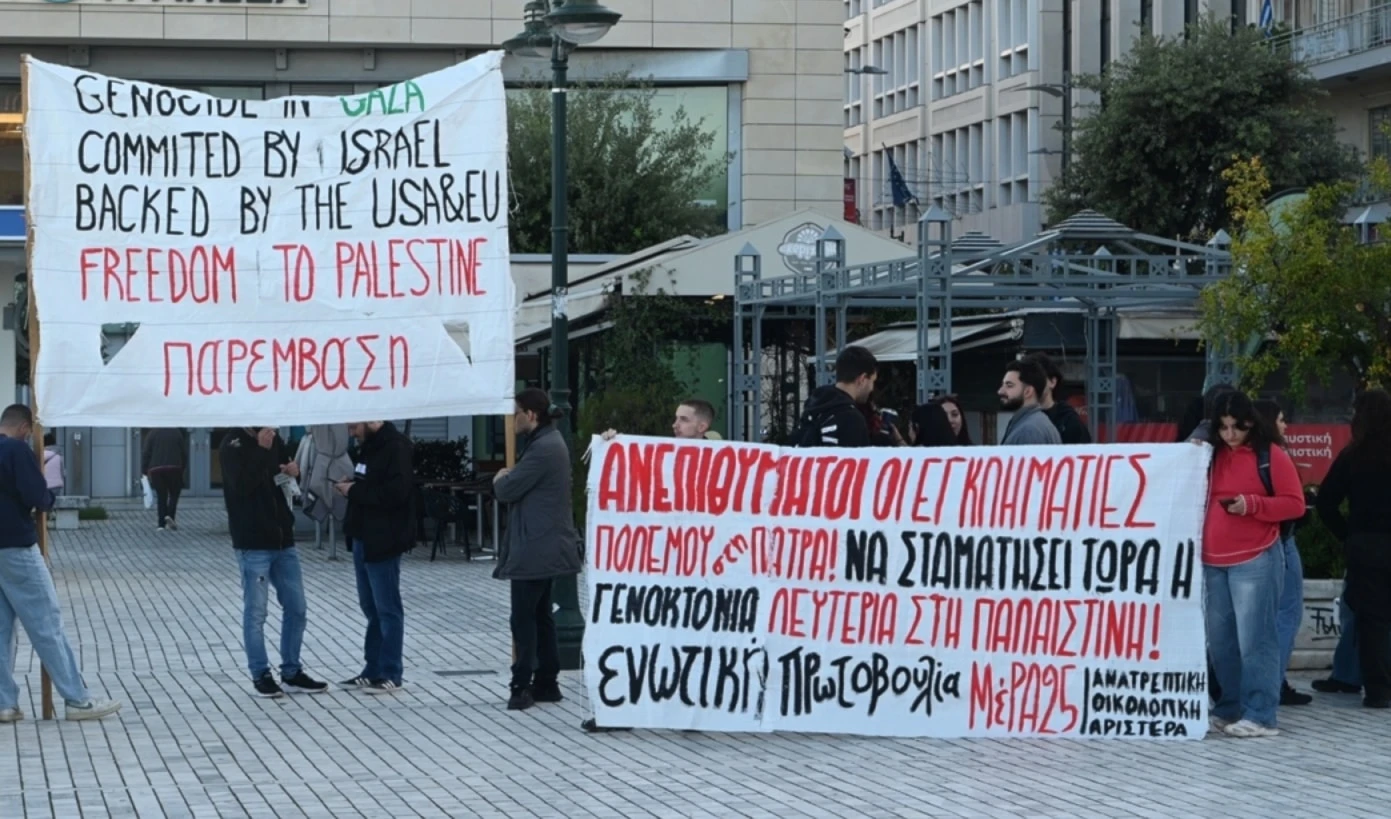Saudi PIF annual profit drops 60% amid inflation, interest rate hikes
The Public Investment Fund (PIF) is a key driver of Saudi Arabia’s Vision 2030, an ambitious plan to diversify the economy away from oil.
-
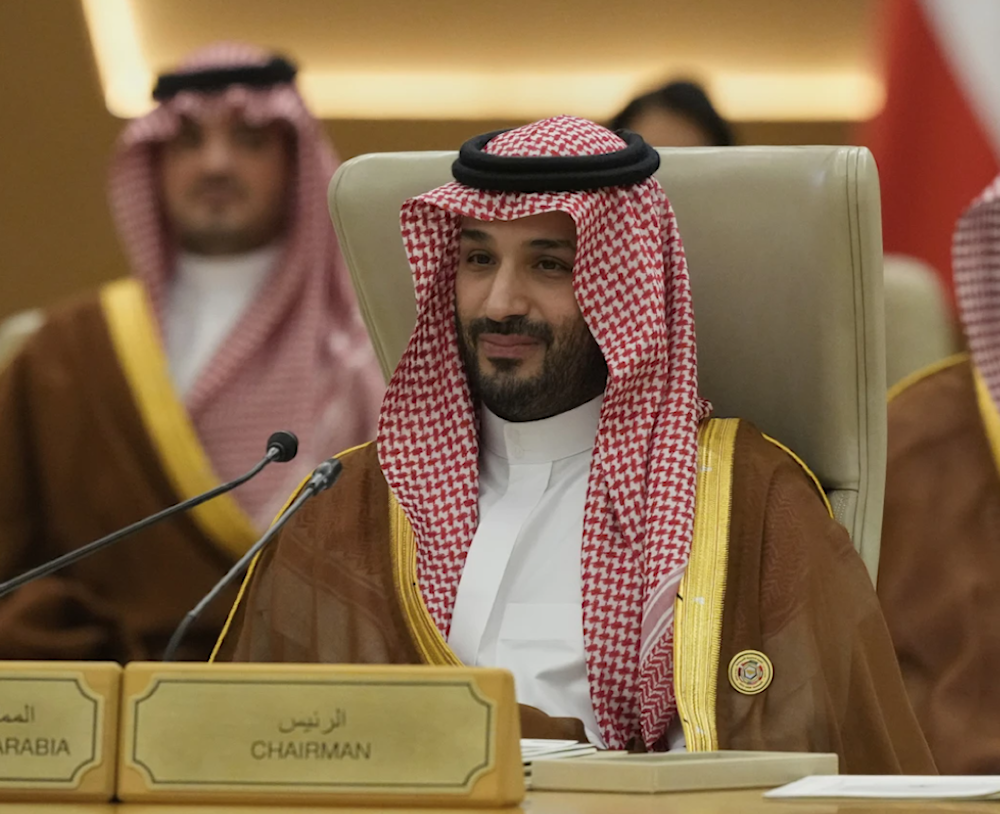
Mohamed bin Salman, Crown Prince of Saudi Arabia, during the Gulf Cooperation Council, on May 14, 2025 (AP)
Saudi Arabia’s sovereign wealth fund surpassed $1 trillion in assets in 2024, but its net profit dropped 60% compared to the previous year, the fund reported Monday. The decline, to 25.8 billion riyals ($6.9 billion), was attributed to high interest rates, inflation, and impairments linked to changes in project plans and increased costs.
The Public Investment Fund (PIF) is a key driver of Saudi Arabia’s Vision 2030, an ambitious plan to diversify the economy away from oil. Through the PIF, the kingdom has invested hundreds of billions into mega-projects like NEOM, a vast urban and industrial development along the Red Sea coast.
Monica Malik, chief economist at Abu Dhabi Commercial Bank, noted that shifting priorities and extended timelines for some giga projects contributed to impairments, while rising project costs have forced a recalibration of the investment strategy.
Total assets under management increased by 18%, reaching 4.321 trillion riyals compared to 3.664 trillion riyals a year earlier, the fund reported.
Diverse portfolio
The Public Investment Fund’s diverse portfolio spans from date farms to multinational conglomerates, with income largely driven by dividends from major holdings such as oil giant Saudi Aramco and Saudi National Bank, the country’s largest lender.
In its consolidated statement released Monday, the PIF reported a net profit of 64.4 billion riyals for 2023.
However, its comprehensive income statement revealed a significant shift, from a reported comprehensive income of 138.1 billion riyals in July 2023 to a loss of 140 billion riyals this year. This statement accounts for unrealized gains and losses, as well as changes in asset valuations.
Cash holdings remained stable at 316 billion riyals, while group loans and borrowings saw a slight increase to 570 billion riyals.

 2 Min Read
2 Min Read
